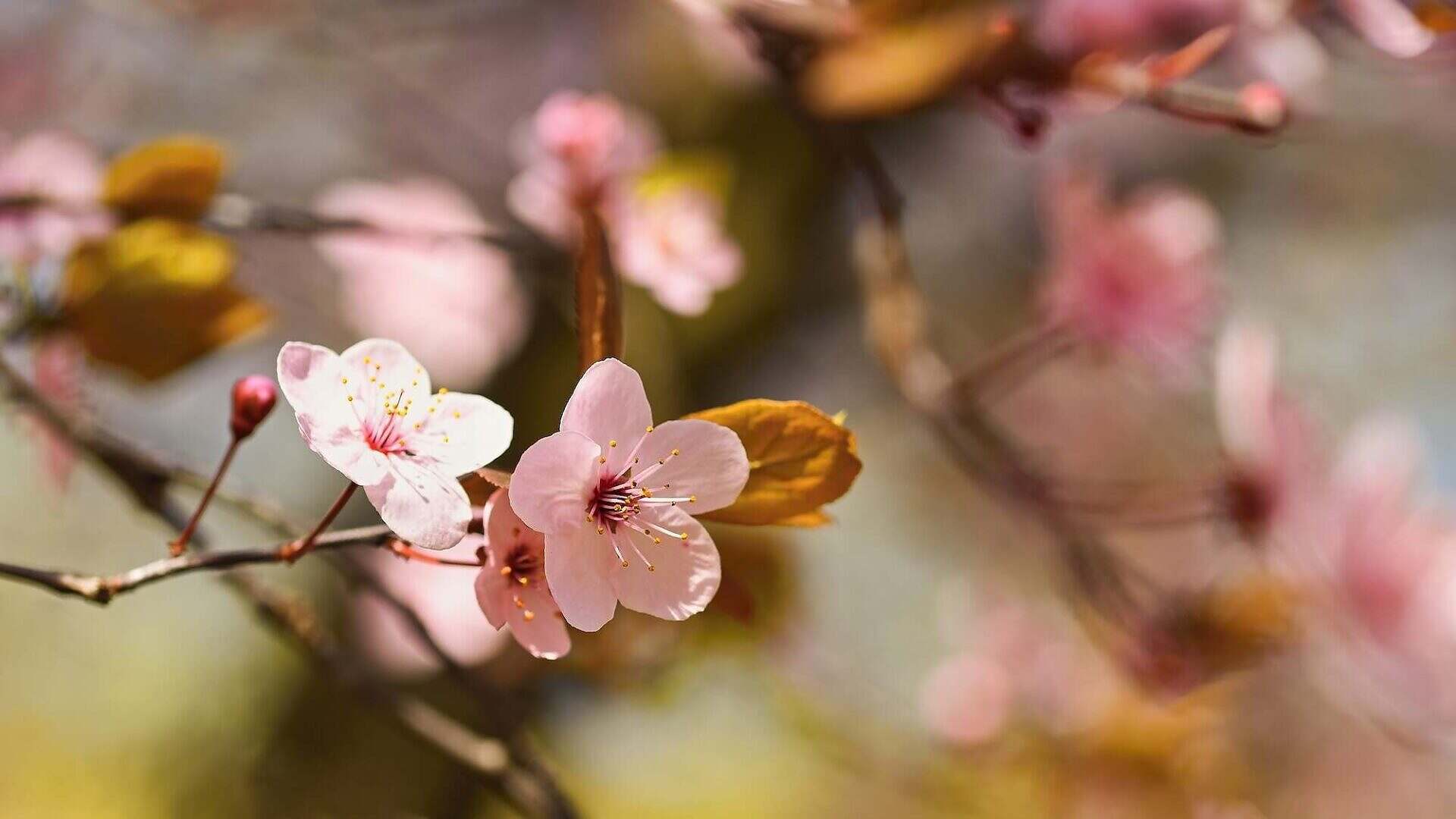Guide to March in the Garden
Designing a garden
March is the time for some choreography in the garden! As the sap starts to rise in the spring garden there is plenty of opportunity for your own creativity to flow!
Once last year’s dead stems and flower heads have been removed, and any winter casualties have been assessed, there is a chance to look at the structure and layout of the garden with fresh eyes. Did the garden have enough evergreen structure over winter or were there gaping holes of bear earth or uniform mats of dead leaves and stems from herbaceous plants? Do I need to add some structural plants or perennials whose seed heads will provide winter interest? Now is a good time to refer back to any photos or notes on how the garden looked last year. Did the planting scheme and overall garden design perform as intended? Did the way it looked or how it felt at different times give you any fresh design ideas?
Enjoying the garden
As the days lengthen and the sun starts to warm up, it is a lovely time to walk through the garden appreciating the spring bulbs and early flowering shrubs such as Ribes and Choisya ternata. I take huge pleasure from walking through the garden and seeing the changes that are now happening by the day – new growth emerging, seedlings germinating, buds starting to open. As a garden designer it is exciting to see plants that started life on the drawing board pushing up and taking on a life of their own.
Maintaining and developing the garden
Protect from slugs
Although slugs can do damage at any time of year, it is the young shoots of emerging perennials that are most vulnerable. It can be too cold for nematodes to be effective, so it is the time of year that I am most likely to resort to chemical slug pellets. I find that protecting plants such as Hostas, Lupins and Delphiniums now is the secret to healthy plants later in the year.
Divide perennials
As you sweep through your borders, tidying up and considering any changes you want to make this year, it is a good time to lift and divide summer and autumn flowering perennials. As you see the borders with fresh eyes and think about any new plants you may be planning to grow this year, you can do some rearranging – creating more of the plants that are working well and making space for new introductions.
This can also be done in the autumn, but I like to divide some now in order to maintain healthy, vigorous plants and reduce the size of any overgrown clumps.
Plant seeds
The majority of seeds can be sown in the green house this month. Always read the packet, but I usually plant by sprinkling, as evenly as I can, seeds onto the surface of trays of seed compost. I cover with vermiculite and then water from below by placing the seed tray in a tray of water until I see the vermiculite start to darken with the uptake of water. I then cover with plastic covers to retain moisture until germination.
Repot containers
Composts within containers lose their structure and nutrition over time. Remove about a third of the compost, and plants whose roots have filled their container should be repotted every couple of years. Tease out the roots, trimming if necessary and move to a pot one size bigger. Top dress by removing about 5cm of the surface and replace with fresh compost.
Pot Dahlias
Starting off your dahlia tubers in pots will encourage them to develop more quickly, so they’re likely to start flowering earlier. Before planting, soak tubers in a bucket of water for an hour so they can fully rehydrate. Plant the tubers in large pots filled with potting compost and keep them in a frost-free greenhouse or cold frame until late May, when it will be safe to plant them outside.
Pruning for large leaves or colourful stems
Some shrubs such as Cornus or Salix can be cut right back now, to encourage vigourous regrowth that will provide colourful stems next winter. Others such as Sambucus, Cotinus and Paulownia can be cut back to produce larger, more dramatic leaves over summer. This should be done now whilst the plants resources are down in the roots, rather than in the leaves.
Mow the lawn
Once things start to dry out you can give the lawn its first cut – with the blades on a higher setting.

0 Comments